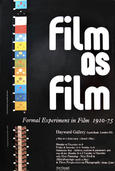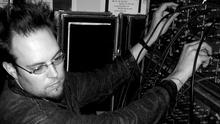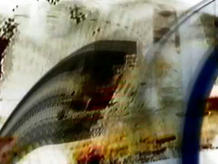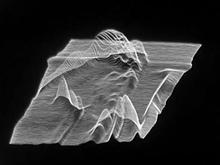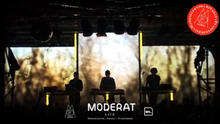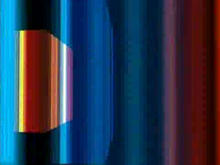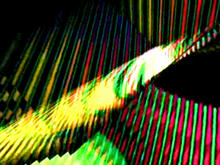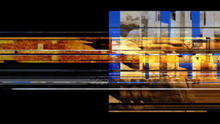Spectral Strands/ Saariaho: Vent nocturne
(2010)by Garth Knox performing viola (at times with electronic treatments) and Brian O'Reilly manipulating real time visualizations. The music as composed by Kaija Saariaho.
Spectral Strands/ Saariaho: Vent nocturne is a part of a collection of works commissioned from the the ZKM's (Zentrum für Kunst und Medientechnologie Karlsruhe, Germany) Institut für Musik & Akustik and the Institut für Bildmedien.
The moving images use source materials based on extreme close up footage Brian O'Reilly shot of Garth Knox performing on the viola, then processed using Tom Demeyer's ImX software, with further editing and transformations using FCP to create the fixed form presented here.
This work along with works by Scelsi, Sciarrino, Edwards and Grisey are to be released as a DVD titled Spectral Strands: for Viola and Visuals by Wergo's ZKM Edition.
Source: Brian O'Reilly on Vimeo
